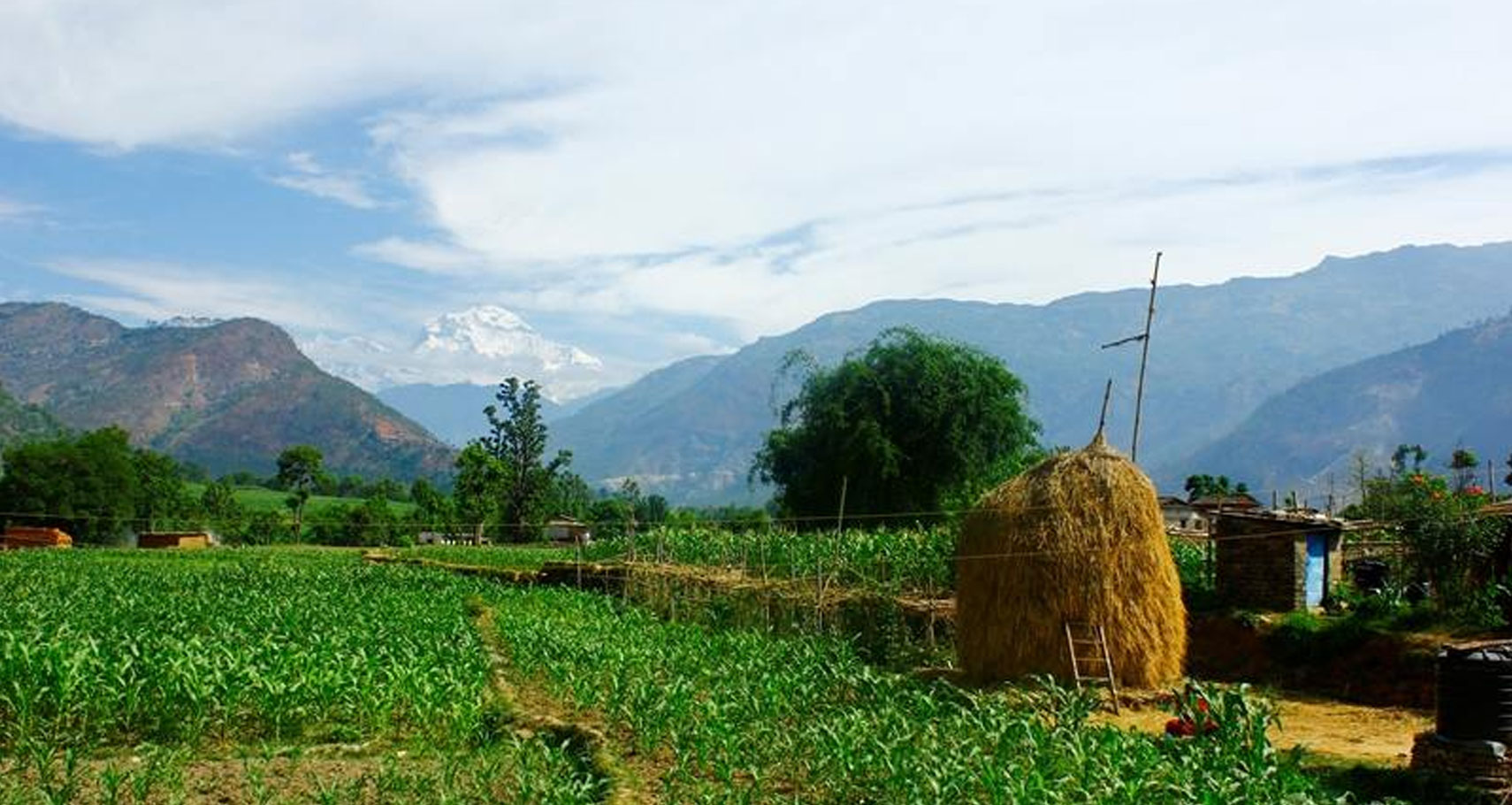The Kali Gandaki lives up to its name. It is dark and seething. Above the western banks of the river, following a serpentine road, the town of Baglung rests upon a gentle hill. From the town, one can gaze across the river and witness a ferocious history in the sheer cliffs that the river has carved out of the mountains.
The drive to Baglung from Pokhara reveals a more rugged and older Nepal, one that travellers along the Trisuli will find rather different. Gone are the rolling hills growing into mountains. Here, if anything, the mountains stand silent and watchful over the dark river. In contrast, the inner streets of Baglung are plebeian and narrow, distinctive to hill settlements. The scenic views along the way were all the more glamorous through our newly replaced windscreen, its predecessor having met the mighty behind of Saraswati Kali the elephant. Sometime between 3 and 4 am on the morning of April 22, 2014, Saraswati Kali had broken free from her shackles and taken an early morning stroll into the car park of a hotel in Nawalparasi. Next to the bus was a tree that proved all too appetizing for her. A gentle nudge was enough to trigger a dramatic web of cracks along the windscreen. The BookBus had to take a week off to get a new windscreen.
The repair work delayed our departure to Baglung, compressing our schedule. We were anxious to get things started. On the day we rolled into town, the mercury was inching up towards 38 Celsius, unheard of in these parts. Given the unnatural heat, there was quite a bit of interest in our Climate + Change exhibition tours, conducted by Rupa Maharjan. The art workshops, conducted by Saran Tandukar and Suresh Maharjan in collaboration with the climate change tour, allowed the students to really explore and express their own roles within the ecology of their town. Some of this even came out in naturalist poems they wrote during the spoken word poetry workshops, conducted by Pushpa Palanchoke from the Word Warriors.
Through the course of our 10 day trip, we were scheduled to visit three schools. The first one, Vidya Mandir Higher Secondary School, was in the center of town. It was one of the oldest schools in the entire region. The other two were north of Baglung, along the highway up to Beni. Our most intriguing discovery was finding a library in Baglung that was established in 1946, well before the fall of the Rana regime in 1951. I had the pleasure of meeting the President of the library, Mahesh Chandra Pradhan, a book-lover and one of the members of the editorial team of a hand-written literary magazine that used to be produced in Baglung some thirty years ago.
Over tea, Pradhan told the story of the library, clearly not for the first time. The two things that struck me as impressive about the library were: it owned its own four-story building, and it had an annual library membership of around 6,000 people. This kind of membership in a town of around 30,000 people is astounding, but its low circulation at 300 to 400 titles a month suggests limited usage. With over 12,000 titles already in stock, the library has a significant number of books, but perhaps not the right selection of books to attract readers these days. The library also has a daycare center and an Early Childhood Development Center, but both seemed to be in poor shape, a lack of resources blamed for their inability to keep things up to par. Still, the library was aware that it had to increase membership and get more people to visit its premises in order to be more effective and to benefit from the various revenue generation components they have.
Pradhan told me that during the heyday of the protests against the Rana regime, the library used to take books around town in a wooden box on wheels. This would give them the opportunity to give books to those imprisoned by the regime as well as share books with the broader community. They wanted to recapture that spirit by opening up library stalls in busy market areas on certain days. They believe this will not only drive up membership but will also bring more people to the library and encourage them to use the conference room above the library and promote the value of the rental stores they have downstairs.
We talked at length about the various program components that come with the BookBus. It was apparent that these events could from the basis of attracting the younger generations back into the library and re-establish it as a community space. We hope to collaborate with them in the near future. Should the community library be able to take on a full-fledged role in town, the BookBus would no longer need to go there and could focus on areas where no libraries exist.















